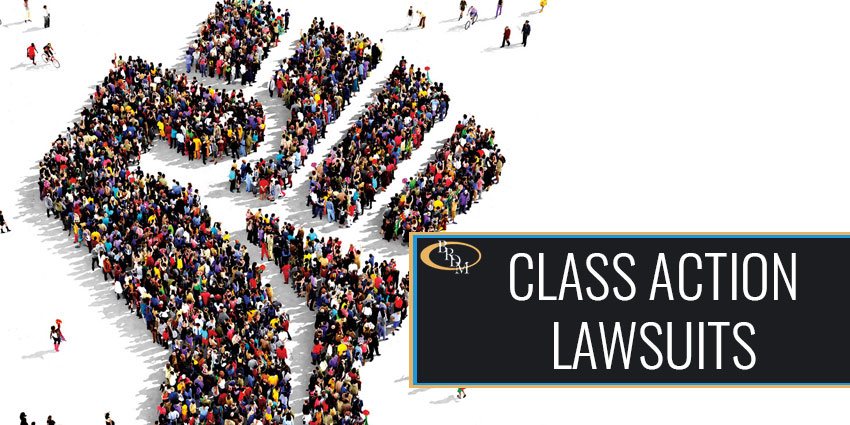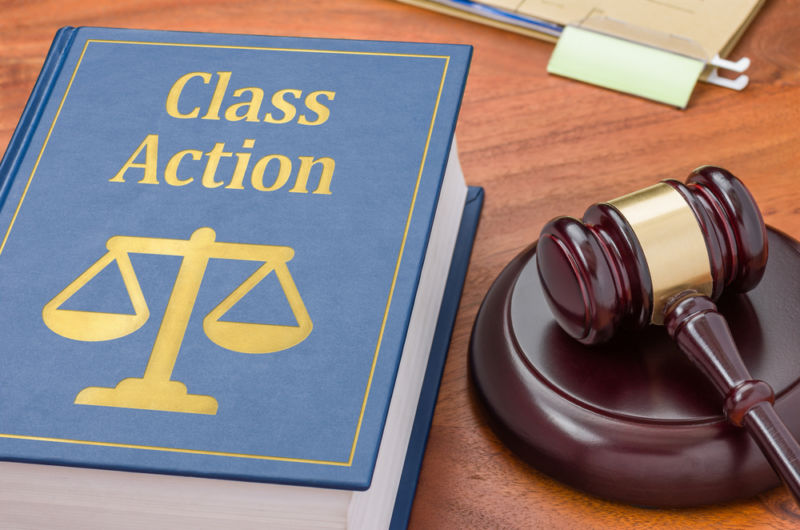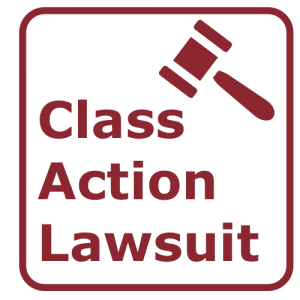Legal Understanding: Navigating the Landscape of Class Action Lawsuit Instances
Legal Understanding: Navigating the Landscape of Class Action Lawsuit Instances
Blog Article
Comprehending Class Action Legal Action: An Overview for Lawyers
Course action lawsuits have actually become an essential part of the lawful landscape, enabling for the debt consolidation of multiple insurance claims into a single activity. By diving right into the ins and outs of course action legal actions, this guide gears up lawyers with the knowledge and devices needed to effectively browse this intricate location of law.
The Fundamentals of Course Action Lawsuits
Class action legal actions are a legal device utilized to consolidate similar cases from a team of people right into a single lawsuit, supplying a efficient and cost-efficient technique to looking for justice and resolution. This kind of lawsuit enables a representative complainant, acting upon behalf of the whole course, to bring a claim versus a defendant who has allegedly created harm or violated the civil liberties of multiple individuals.
The fundamental needs for bringing a class action claim include numerosity, commonality, typicality, and competence of depiction. Numerosity describes the truth that the course should be so big that joinder of all members would be impractical. Commonality suggests that there should be common inquiries of law or truth that are shared by all members of the class. Typicality requires that the cases of the representative plaintiff are normal of the insurance claims of the whole class. Lastly, competence of representation guarantees that the depictive complainant will adequately represent the passions of the whole class.
Course action suits can be beneficial for both plaintiffs and offenders. For accuseds, it uses the chance to effectively resolve several cases in a single claim, preventing the demand to defend versus many individual claims.
Identifying and Assessing Possible Class Members
After establishing the fundamental requirements for a class action lawsuit, the following action is to determine and evaluate prospective class members. This process involves identifying who might become part of the class and evaluating their insurance claims to determine if they fulfill the required standards.
To determine potential class members, lawyers generally conduct substantial research study and gather pertinent details. This might entail evaluating documents, performing meetings, and checking out documents to identify people or entities that might have been affected by the supposed misbehavior. It is important to develop a clear and extensive list of potential class members to guarantee that all impacted parties are consisted of in the lawsuit.
When prospective class participants have been recognized, the next step is to evaluate their insurance claims. If they fulfill the lawful needs for class accreditation, this involves reviewing the benefits of each specific insurance claim to identify. Lawyers should thoroughly assess the truths, evidence, and legal theories of each possible class participant's claim to make certain that they have a viable situation.
Evaluating potential class members additionally involves establishing whether they satisfy the class interpretation and have experienced comparable injury as an outcome of the accused's activities. This calls for contrasting the realities and conditions of each potential class participant's situation to the accusations and lawful concepts presented in the legal action.
Browsing the Class Certification Refine
To efficiently navigate the class accreditation procedure, attorneys have to carefully comply with the step-by-step demands stated by the court. Course accreditation is an important action in a course action suit, as it establishes whether an instance can proceed as a course action, representing a group of people who have comparable cases versus an accused. The process involves satisfying certain criteria, such as numerosity, commonness, typicality, and adequacy of depiction.
To start with, attorneys must establish numerosity by demonstrating that the class is so large that specific joinder is not practical. This can be accomplished via proof or specialist statement. Second of all, they should establish commonality by showing that there are common inquiries of regulation or truth that predominate over advice specific concerns. This calls for a detailed analysis of the claims and defenses entailed.
Following, legal representatives have to reveal typicality, which suggests that the depictive complainant's cases are typical of the claims of the class participants. This makes sure that the interests of the representative plaintiff align with the interests of the course. Last but not least, attorneys need to demonstrate competence of depiction, indicating that the representative complainant and their advice will relatively and effectively represent the rate of interests of the class.
To navigate this procedure efficiently, legal representatives should thoroughly prepare by conducting substantial research study, gathering evidence, and developing a compelling argument that satisfies each of additional info these standards. They need to additionally be prepared to respond to any arguments or challenges elevated by the offender. By diligently adhering to the step-by-step demands stated by the court, attorneys can enhance their possibilities of acquiring class accreditation and advancing the interests of the class participants.

Secret Strategies for Handling Course Activity Lawsuits
Upon efficiently browsing the class certification process, attorneys have to after that carry out key techniques for effectively handling class activity lawsuits. These approaches are crucial to guarantee that the situation continues efficiently and successfully, ultimately making best use of the opportunities of a positive outcome for the class participants.
One key technique is to develop a natural and strong lawful group (Class action lawsuit). This involves assembling a team of attorneys with expertise in class activity litigation, in addition to various other pertinent areas such as the certain industry or topic included in the instance. A well-rounded team can bring different perspectives and abilities to the table, boosting the general efficiency of the lawsuits
An additional essential approach is to establish a well-thought-out and extensive litigation strategy. This strategy ought to lay out the total purposes of the instance, in addition to the particular legal concepts and arguments that will be pursued. It ought to additionally include a timeline and budget plan to make sure that the instance stays on track and within the allocated resources.
Furthermore, legal representatives need to actively engage with the class participants throughout the lawsuits process (Class action lawsuit). This consists of supplying regular updates on the progress of the instance, looking for input and responses from the class participants, and addressing any concerns or concerns they might have. By cultivating open interaction and cooperation, legal representatives can construct count on and support amongst the course members, which can be instrumental in attaining a successful resolution
Resolving Class Action Suits: Arrangement and Approval
When it involves settling class action suits, efficient settlement and getting authorization are important action in attaining a resolution. Class activity suits are complicated and involve a a great deal of complainants, making it crucial to reach a negotiation that is satisfactory and fair to all events entailed.

When a negotiation arrangement is reached, it needs to be accepted by the court. The court's function in this process is to ensure that the negotiation is fair, reasonable, and sufficiently shields the rate of interests of the class participants. The court will take into consideration factors such as the nature of the insurance claims, the toughness of the proof, the prospective healing for the class members, and any kind of objections raised by course members.
Acquiring court approval is essential as it gives finality to the negotiation and secures the rate of interests of the class participants. It ensures that the settlement is binding and enforceable, and class participants can obtain their rightful payment.
Verdict

Course activity suits have actually ended up being an integral part of the legal landscape, allowing for the debt consolidation of numerous cases right into a single action. Course accreditation is an essential action in a course activity suit, as it identifies whether a case can continue as a read review class action, representing a team of individuals that have similar insurance claims against a defendant. By vigilantly sticking to the step-by-step requirements set forth by the court, lawyers can boost their opportunities of obtaining course qualification and advancing the rate of interests of the course members.
The court will take into consideration elements such as the nature of the claims, the strength of the evidence, the possible healing for the course participants, and any type of objections elevated by class members.
By recognizing and examining prospective class members, lawyers can identify the stability of a course activity suit.
Report this page